Demand Analysis
Every business aims to satisfy the customers’ expectations primarily apart from the profit they attain. Call centers are everywhere providing customer service operations 24/7. Many companies run their own business functions call centers in order to express their unchanging dedication toward customers. Computers have reformed these active spots with reliable, cost-effective and productive solutions.
In a normal call center set up, every seat is equipped with a PC and a telephone. The telephone is connected to the intranet voice system through the telephone router and the system assigns the phones to receive calls. Then the computer is connected to the corporate network and call center system through the network cable. It serves for document editing, access to business systems (CRM, ERP, OA…) and recording call details. Employees perform the web-side CRM interface on the PC, which is termed as lightweight office application scenario.
-
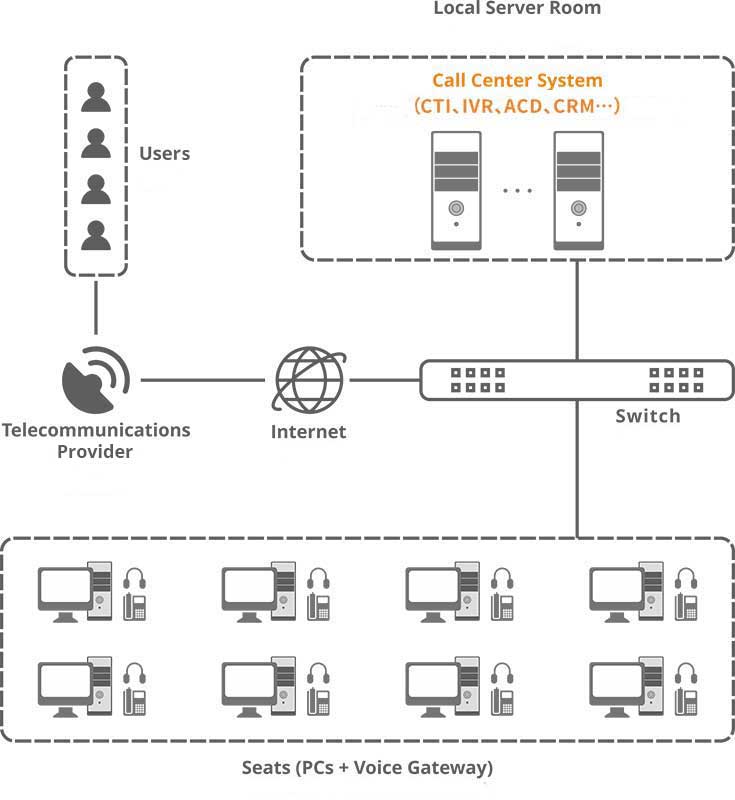
-
When using traditional PCs in the call center set-up, the initial purchase expenses of computers are huge and their deployment is time-consuming and difficult. In the upcoming months of overuse, the traditional computers run-down and become difficult to manage. You need more workforce and equipment resources to repair and maintain them, which is expensive. These factors increase the company’s expenditures greatly. As each agent or employee gets a computer to access business or service system, the expenditures of the company escalate more.
– The expenses of purchase, deployment, management and maintenance with PCs are significantly high for light workload call centers.
– The maintenance of PCs is troublesome as PCs have numerous components that usually require fixes and repairs.
– PCs are noisy when running and big in size – occupies more office space.
– Power consumption of PCs is high and they produces more heat which is more demanding for the cooling system.
Solution
-
vCloudPoint zero clients, combined with vMatrix Server Manager software, provides an innovative way of desktop computing by powering multiple users with just one host computer. The vCloudPoint zero client devices have no moving parts, no hardware for processing or storage. All processing and storage are done on the host computer. Hence, there is no need to install local drivers, managing patches and no software licensing fees and updates for the zero clients as they serve only as input and output devices. The vMatrix Server Manager software, running on the host PC, enhances the overall functionality and usability of the sharing system by offering connection brokering, graphics acceleration, audio & USB redirection, centralized management. IT Administrators can configure, monitor and manage the endpoint devices and users centrally and simply at the server side through the front-end console. vCloudPoint zero clients, combined with vMatrix Server Manager software, provide a computing experience that is practically indistinguishable from running on a PC and offer great advantages over traditional PCs, such as saved costs, enhanced security, reduced maintenance, and simplified deployment and management.
-

Benefits
Installation
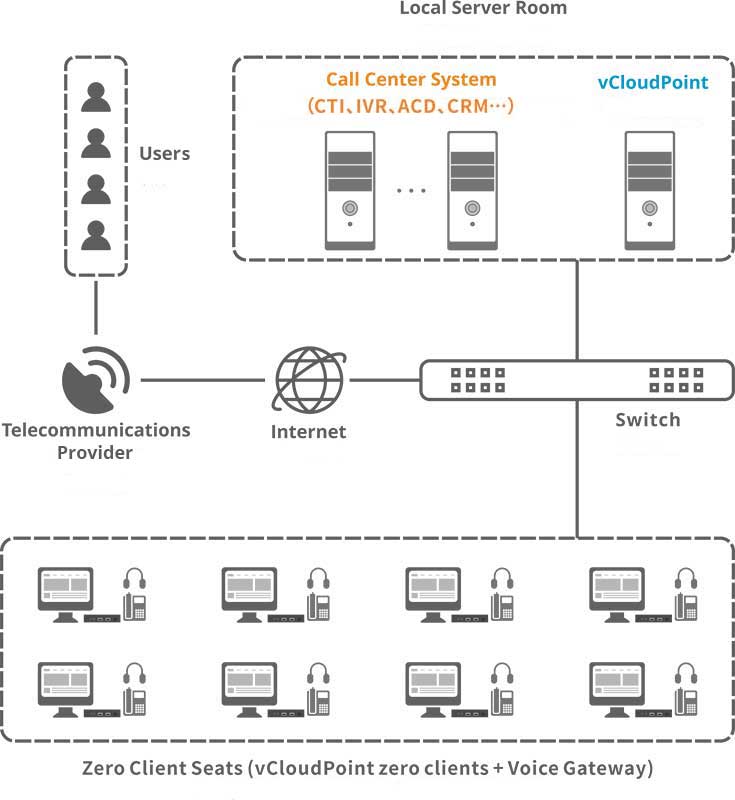
-
Components:
Call center system (local or cloud) + B/S business system + vCloudPoint system + Voice gateway.
The vCloudPoint system includes:
- Shared host: the computing and storage machine that delivers virtual desktops to end users.
- Zero client devices: the devices for connecting end users to the virtual desktops on the host.
- vMatrix Server Manager: running on the host to enhance the overall functionality and usability of the sharing system by offering connection brokering, graphics acceleration, audio & USB redirection, and centralized management.
Depending on the actual implementations, customers may need to purchase additional network devices, keyboard & mouse and monitor for each workstation, and other necessary hardware or software in use with the computing system.
-
Implementation Steps:
To integrate vCloudPoint system into the service infrastructure, the structure of the call center system (CTI, IVR, ACD….) remains unaltered, you simply replace the PCs with zero clients and vMatrix host. Employees connect to the host with given accounts and get access to the web-side CRM system.
- Connect the zero client devices to monitor, USB peripherals and then connect to the LAN switch through the network cable.
- Install the vMatrix Server Manager, the multi-user patch, USB drivers and other required applications on the host.
- Create user accounts with vMatrix Server Manager.
- Login with created user accounts and ready to work on the zero clients.
Optional:
- You can do some configurations depending on your specific use case, for example, setting themes, wallpaper, desktop icons, auto-run application and USB policy for users.
- You can use third-party recovery software or Windows systems for crash recovery or data back-up.
Case Studies
-
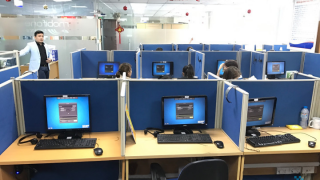
Mobifone Service in Vietnam
Country : Vietnam End user name : Mobifone Service in Vietnam Product model:S100 Total number deployed : 20 seats in Customer Care Total number of servers deployed: 1 Applications : Office, VOIP,etc. Server configuration for each 20 seats : CPU:Intel Xeon E3-1240 v5 Memory: 16GB SSD for system and userfiles : unknown HDD for storage :2TB OS: WIN7
-
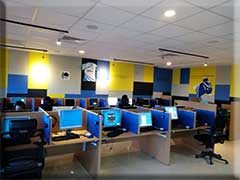
Call Center in Kenya
Country : Kenya End user name : Call Center in Kenya Product model:S100 Total number deployed : 3*10 seats, 1 zone Total number of servers deployed: 4(3 master servers,1 standby server) Applications : X-lite. Server configuration for each 10 seats : CPU:Intel Core i7 Memory: 32GB SSD for system and user files : 250GB OS: WIN7
-
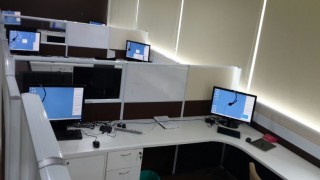
Publika Call Center in Malaysia
Country: Malaysia End user name: Publika Call Center Total number deployed: 35 seats in 5 zones Contact person: Ms. Jaclyn Wong Job Title: Head of Department Applications: VoIP – NuaVOX, Business Telecommunication Server configuration: 5 hosts serving 35 S100 zero clients in 5 zones Server: HP Pavilion 630 CPU:Intel Core i7 5300U Memory: 16GB DDR3 Disk:Sandisk Plus 120GB SSD, 1TB 7200rpm HDD (Click to view large images)